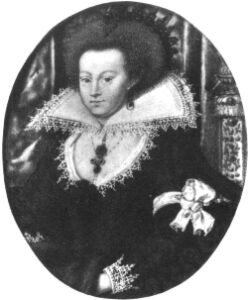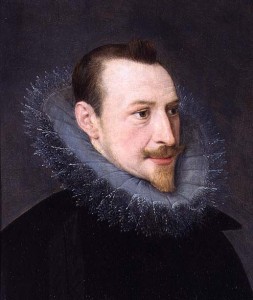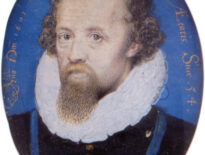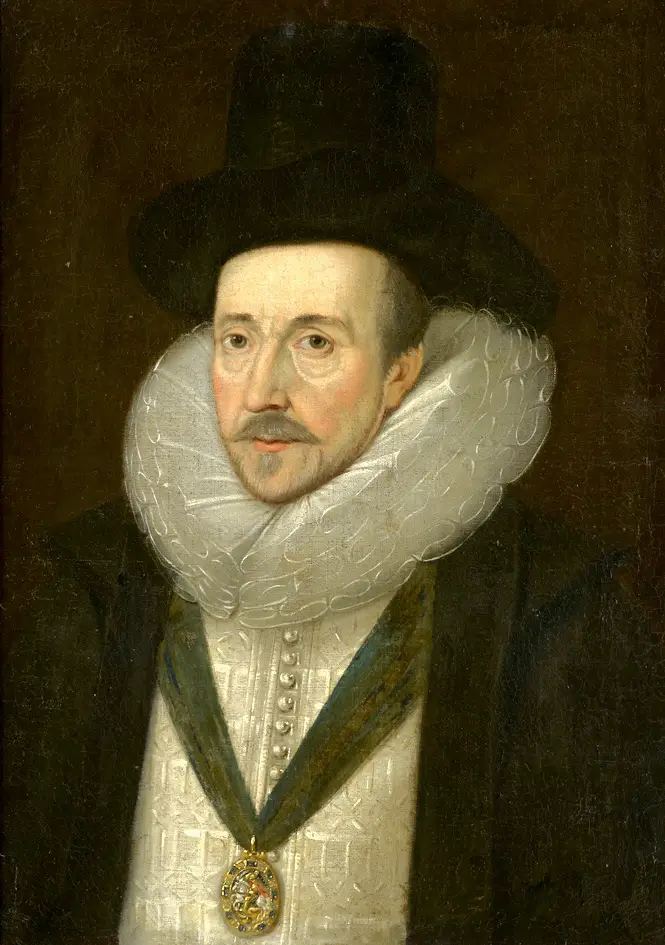 She was the wife of a Boleyn descendant, the patron of some of Elizabeth I’s greatest minds, and a member of the powerful Spencer dynasty, the same family as Princess Diana. Yet, history has largely forgotten Elizabeth Carey, Lady Hunsdon.
She was the wife of a Boleyn descendant, the patron of some of Elizabeth I’s greatest minds, and a member of the powerful Spencer dynasty, the same family as Princess Diana. Yet, history has largely forgotten Elizabeth Carey, Lady Hunsdon.
Meet Elizabeth Carey (née Spencer), Lady Hunsdon, a Tudor noblewoman who lived a life of influence, power, and cultural significance.
Born on 29th June 1552 at Althorp (yes, the same family estate later associated with Princess Diana!), Elizabeth was part of the powerful Spencer dynasty, being the sixth child of Sir John Spencer and his wife, Katherine Kitson.
Through marriage to Sir George Carey, later 2nd Baron Hunsdon, grandson of Mary Boleyn, in 1574, Elizabeth became linked to the legacy of Anne Boleyn and Queen Elizabeth I. The couple had one daughter, and their marriage was reportedly happy—Carey even described Elizabeth as “the sweetest Companion that ever Man hathe found in this lief.” After Carey’s death in 1603, Elizabeth married Ralph Eure, 3rd Baron Eure. But it was in the world of literature and music that she made her mark.
Elizabeth was a major patron of the arts, supporting some of the most important literary figures of the age.- Edmund Spenser, one of the greatest poets of the Elizabethan era, addressed a sonnet of his work “The Faerie Queen” to “the most vertuous, and beautifull Lady, the Lady Carew” and praised her as “Phyllis the floure of rare perfection”.
- Poet and playwright Thomas Nashe wrote of her “pietie, bountihood, modestie, and sobrietie” and her “extraordinary liberality”.
- Author Thomas Churchyard dedicated his “A Tragicall Discourse of the Haplesse Mans Life” to her.
- Clergyman and poet Abraham Fleming dedicated two works to her.
- Poet Henry Lok included a dedicatory sonnet to her in his “Ecclesiastes”.
- Theologian Thomas Playfere dedicated his sermon “The Meane of Mourning” to her.
- And celebrated composer John Dowland wrote of her “singular graces towards me”.
Her passion for literature and music influenced the next generation too—her daughter, Elizabeth Carey, followed in her footsteps, becoming a patron of playwrights and poets.
Yet, despite her cultural impact, Elizabeth Carey faded into obscurity. On either 24th or 25th February 1618, she passed away at the age of 65, being buried on 2nd March in the Hunsdon Vault in Westminster Abbey.




Thank you for this fascinating piece on Elizabeth Carey, Lady Hunsdon. I am a descendant of Miles Cary, the Immigrant, who arrived in Virginia in 1645. I haven’t investigated my ancestors in England before Miles, but I know it has been done in a few of the books on the Carys. Generally, attention goes to the men with little heed to women. I am thrilled to learn of Elizabeth and the literature you cite.
I am finishing a short book on Sally Cary Fairfax (1731–1811) and her deep friendship with George Washington. I hope I can trace a connection from Miles Cary and his ancestors to Elizabeth, so that I can justify a place for her in the book. My best wishes,